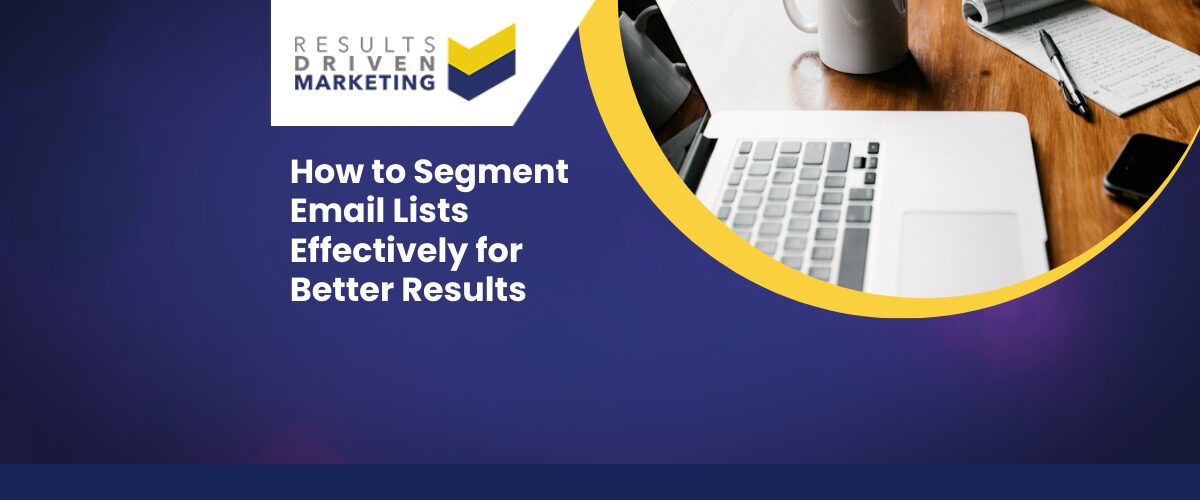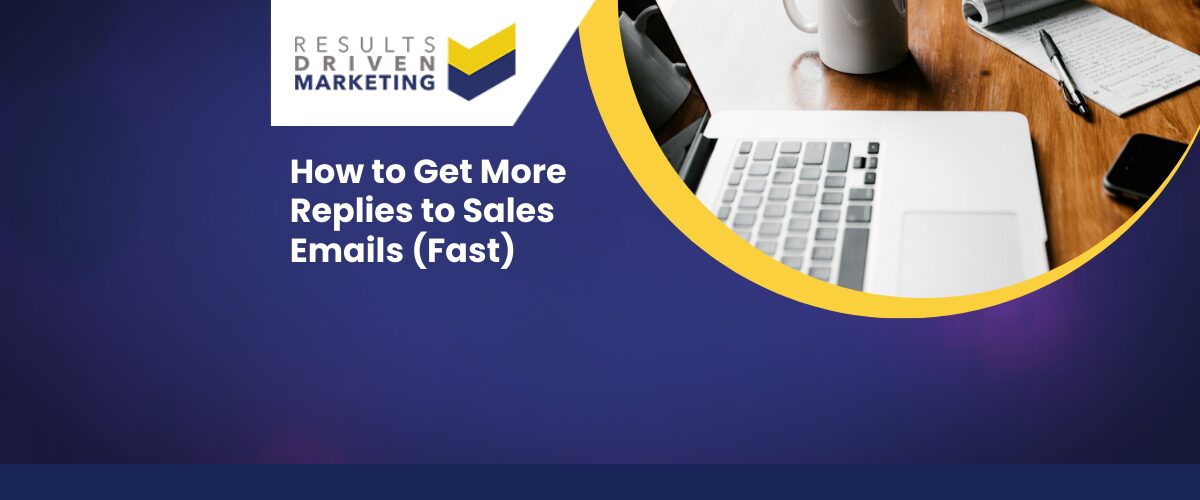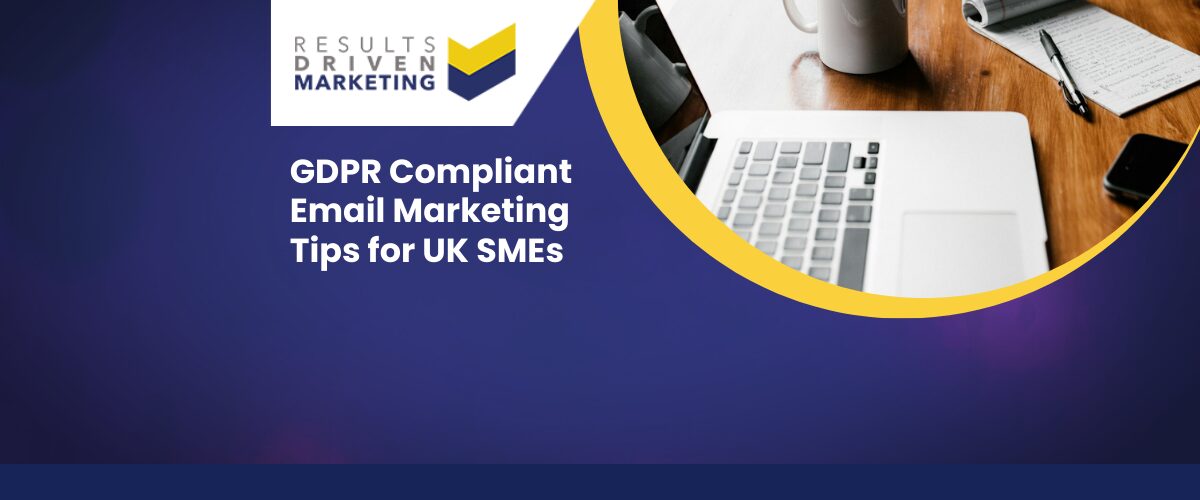
How to Segment Email Lists Effectively for Better Results
How to segment email lists effectively is one of the biggest questions SMEs face when running email marketing campaigns. Too often, businesses gather contacts and send out the same message to everyone, hoping something sticks. The result? Low open rates, poor engagement, and little to no sales.
The issue isn’t that email marketing doesn’t work — it’s that generic campaigns don’t resonate. Decision-makers can spot a “one-size-fits-all” email instantly, and if it doesn’t feel relevant to them, they’ll ignore it. That means wasted budget, lost time, and missed opportunities.
The good news? Segmentation doesn’t have to be complicated. With accurate B2B data and a clear approach, you can divide your audience into meaningful groups and deliver tailored messages that actually connect. In this guide, we’ll show you practical ways to segment your email lists, avoid common mistakes, and get better results from every campaign.
Table of contents:
Why Segmentation Matters in Email Marketing
Segmentation is the difference between sending emails that get ignored and sending emails that spark action. For SMEs, where every campaign needs to deliver results, understanding why segmentation matters is crucial.
Better Open and Click-Through Rates
When contacts receive content that speaks directly to their role, industry, or challenges, they’re far more likely to open and engage. Segmentation helps you craft messages that feel relevant from the subject line to the call-to-action.
Stronger Relationships with Decision-Makers
Sending the right message to the right person at the right time builds trust. It shows your business understands their needs, instead of treating them like just another name on a list.
Higher ROI from Every Campaign
Marketing budgets for SMEs are often tight. By focusing on targeted groups instead of blasting out generic emails, you avoid wasted effort and get more value from every campaign. Simply put: smarter segmentation leads to better results.
The Foundations of Effective Segmentation
Before diving into different ways to split your database, it’s important to get the basics right. Effective segmentation depends on accurate data and a clear understanding of your audience.
Start with Clean, Accurate Data
No matter how clever your segmentation strategy is, it won’t work if the data behind it is wrong. Outdated job titles, invalid emails, or irrelevant contacts will reduce deliverability and waste your marketing budget. Reliable B2B data ensures your segments are meaningful and your emails reach the right people.
Define Your Audience Clearly
Segmentation starts with knowing who you want to reach. For SMEs, this means identifying your ideal customers — the industries, company sizes, and decision-maker roles that matter most. With this clarity, you can create segments that align with your sales goals instead of random groups that don’t add value.
Practical Ways to Segment Email Lists
Once you’ve got accurate data and a clear understanding of your audience, it’s time to put segmentation into action. Here are some practical and effective ways SMEs can split their lists for better campaign results.
By Industry or Sector
Different industries face different challenges. A campaign aimed at manufacturing decision-makers should look very different from one targeting financial services or recruitment firms. Segmenting by sector allows you to tailor your message to specific pain points.
By Company Size
The priorities of a 10-person SME are not the same as those of a 200-person business. Smaller firms often focus on cost and quick wins, while larger companies may prioritise compliance and scalability. Segmenting by company size lets you adjust your value proposition accordingly.
By Decision-Maker Role
Owners, directors, sales managers, and marketers all care about different outcomes. An MD might respond to ROI-focused messaging, while a marketing manager is more interested in campaign performance metrics. Tailoring to the recipient’s role makes your message more relevant.
By Location
Geography can influence buying decisions, especially when it comes to local services or region-specific regulations. Segmenting by location lets you run targeted, localised campaigns that feel more personal.
By Engagement Level
Not every contact interacts with your emails in the same way. Separating highly engaged subscribers from inactive ones allows you to tailor your approach — nurturing loyal contacts with value-added content and running re-engagement campaigns for those who’ve gone quiet.
Advanced Segmentation Strategies for SMEs
Once you’ve mastered the basics, there are more sophisticated ways to segment your email lists and make your campaigns even more effective. These strategies allow you to go beyond broad categories and deliver messaging that feels highly relevant.
Combine Multiple Factors
Instead of segmenting by just one variable, combine them. For example, targeting sales directors in manufacturing SMEs who’ve engaged with your emails in the past 3 months creates a much sharper focus than targeting by job role alone.
Create Micro-Segments for High-Value Prospects
Not all contacts are equal. Identify your most valuable prospects and create tailored micro-segments for them. This ensures your highest-potential leads get the most personalised, relevant content.
Behavioural and Timing Segmentation
Look at how and when contacts engage with your campaigns. If someone regularly opens emails on a Tuesday morning, or often clicks through content about ROI, you can tailor both timing and subject matter to match their behaviour.
For SMEs, these advanced strategies don’t need complex software — they simply require accurate data, clear goals, and consistency.
Common Segmentation Mistakes to Avoid
Segmentation can transform your email marketing results, but only if it’s done well. Many SMEs fall into avoidable traps that reduce effectiveness and waste effort. Here are the most common mistakes to watch out for:
Using Lists “As Is” Without Refining
Relying on unsegmented lists and sending generic emails is one of the fastest ways to damage engagement. Always take time to refine and split your database before launching a campaign.
Over-Segmenting and Spreading Campaigns Too Thin
Creating too many small segments can leave you with groups that are too narrow to be meaningful. Balance precision with practicality — focus on the segments that matter most for ROI.
Treating All SMEs the Same
A recruitment agency and a manufacturing firm may both be SMEs, but their priorities are very different. Avoid blanket messaging by tailoring campaigns to the specific challenges of each sector.
Ignoring Compliance and Trust
Failing to respect regulations like GDPR can put your business at risk and damage credibility with prospects. Always make transparency and compliance part of your segmentation strategy.
Measuring the Impact of Segmentation
The true test of whether you’ve learned how to segment email lists effectively is in the results. Tracking the right metrics will show you if your efforts are paying off and where you can improve.
Open and Click-Through Rates by Segment
Segmentation should lift engagement. Compare open and click-through rates across different segments to see which audiences respond best to your messaging.
Conversion Rates and ROI
Ultimately, success is measured in sales and leads. Track how many conversions come from each segment and calculate ROI to identify your highest-value groups.
Segment Growth and Engagement Over Time
Monitor how your segments evolve. Are more contacts moving into your “engaged” category? Are re-engagement efforts reducing churn? These trends reveal the long-term health of your campaigns.
Identifying High-Value Segments
Not all groups deliver equal returns. Analysing performance helps you focus resources on the segments that consistently bring the strongest results.
Why Choose Results Driven Marketing
Effective segmentation starts with the right data — and that’s where Results Driven Marketing comes in. We help SMEs across the UK build smarter, more targeted campaigns by supplying accurate, segmented B2B data that makes every message more relevant.
Here’s why businesses trust us:
-
Accurate, industry-standard data – Aggregated from leading UK sources and checked against strict quality benchmarks.
-
Segmentation across 2,000+ industries – From manufacturing to recruitment to finance, we provide data tailored to your audience.
-
Fast, secure delivery – Receive your lists in a password-protected format within 24 hours so campaigns can launch quickly.
-
Support from real people – Our team doesn’t just deliver data — we help you apply it effectively for better results.
-
Focused on your success – We’re here to help SMEs turn email lists into stronger pipelines, more customers, and measurable ROI.
With Results Driven Marketing, you get more than just data. You get a partner who genuinely cares about helping your campaigns succeed.
Conclusion — Smarter Segmentation, Better Results
Learning how to segment email lists effectively is one of the simplest ways SMEs can improve campaign performance, build stronger customer relationships, and boost ROI. When every email feels relevant to the recipient, you’re no longer just sending messages — you’re starting conversations that lead to real business opportunities.
To recap:
-
Accurate data is the foundation of successful segmentation
-
Splitting lists by industry, size, role, location, and engagement makes campaigns more relevant
-
Avoid common mistakes such as over-segmentation or ignoring compliance
-
Tracking performance by segment proves what works and helps refine future campaigns
Segmentation doesn’t have to be complicated. With the right data and a clear strategy, SMEs can transform email marketing into a predictable source of sales and growth.
At Results Driven Marketing, we provide the accurate, targeted data that makes this possible. Ready to get better results from your campaigns? Contact us today and let’s make your next campaign more effective.
About Results Driven Marketing
Results Driven Marketing is a UK-based provider of B2B marketing lists, specialising in email, telemarketing, and direct mail data. We support SMEs across every sector with accurate, GDPR-compliant data solutions to power effective segmentation and outreach campaigns.
📍 Based in Newcastle (Cobalt Business Exchange)
📞 0191 406 6399
🌐 rdmarketing.co.uk





